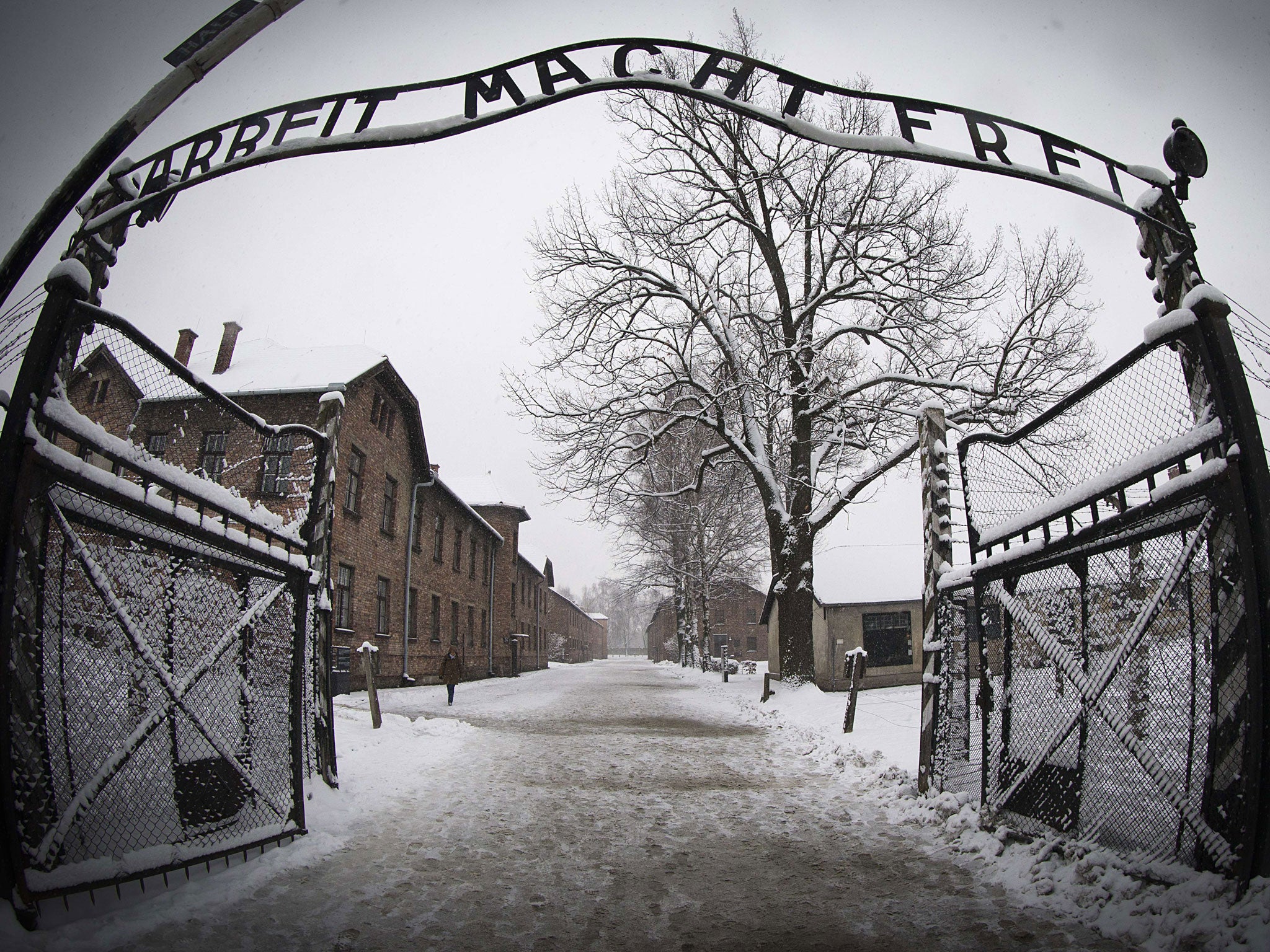KL: A History of the Nazi Concentration Camps by Nikolaus Wachsmann, book review
An extraordinary new study renders the unimaginable evil of the camps relatable

For most of us, the Nazi concentration camp, the Konzentrationslager (or 'KL') is a place that is both incredibly familiar and completely alien. Dachau, Buchenwald, Bergen Belsen and, above all, Auschwitz are part of the pantheon of evil, totems of terror.
We can picture the "Arbeit Macht Frei" sign (it hung over not just Auschwitz but other camps too), the electrified fence, guard towers and SS guards, yet the scale of cruelty and death perpetrated within such sites was so enormous as to be almost impossible to grasp for those of us who were not there.
Telling the story of the KL means facing up to a formidable challenge: how to make the camps relatable, as places where real people lived, worked and died, rather than transcendental, stereotypical symbols of evil? In KL, Nikolaus Wachsmann, Professor of modern European history at Birkbeck College, proves himself equal to this challenge.
The book tells the story of the concentration camps over the 12 years that the Third Reich lasted. It is a big book – 863 pages – but, thanks to Wachsmann's skill as a writer, it manages to be much more than a doleful trudge through a universe of ever-increasing death and terror.
Part of the value of KL lies in its clarifying what the concentration camp was and was not. Camps such as Treblinka and Sobibor, set up for the sole task of extermination, were not concentration camps. Auschwitz was a concentration camp, but – exceptionally – an extermination camp as well.
Other KL's may have killed vast numbers through overwork, starvation and sickness as well as outright murder, but killing was never their sole purpose: they were places of labour, albeit labour designed to eventually kill the worker through exhaustion.
KLs sprung up by the dozens soon after the Nazis took power in 1933. Set up to intimidate and destroy political opponents and founded by a disparate range of bodies with little or no central regulation at first, they ranged from ad hoc "camps" set up in beer halls to early incarnations of now-familiar sites such as Dachau. By 1945, there were over 700,000 prisoners in over 500 camps and "satellite" camps. Central regulation broke down in the last months of Nazi rule as the number of camps mushroomed and the system collapsed in a haze of death marches, starvation and killing.
Between 1933 and 1945, Wachsmann shows how Heinrich Himmler's SS took control of the camp system and targeted it at a growing list of enemies: communists, "asocials", homosexuals, Jews, Russian POWs, Poles. Himmler and his minions showed extraordinary creativity and capacity for improvisation as they sought to expand the system in a time of constant change and war.
Part of the value of KL lies in Wachsmann's skill in conveying both the scale of the camps network and its impact on individuals. The book is peppered with quotations and stories from prisoners and even guards. But, for me at least, the most valuable aspect of the book is its revelation of lesser known aspects of the KL that bring home its sheer evil: the "standing commando" in which prisoners without work were forced to stay on their feet all day inside a crowded hut; the small children in the Majdanek camp who were too young to work and were forced to march in circles all day; the so-called members of the Auschwitz "sonderkommando", who assisted with exterminations, playing football with their SS guards between gassings. In his conclusion to the book, Wachsmann emphasises how the KL system acted as "transformer of values". Nazi concentration camps may have started out as tools of oppression of the sort familiar from other totalitarian regimes, but as they grew they normalised ever more extreme forms of sadistic cruelty that devoured both victim and perpetrator with their sheer monstrousness. As KL demonstrates, the creativity and energy with which the concentration camps and their Nazi designers systematically pushed human beings towards previously unimaginable depths of degradation, is the source of their horrific uniqueness.
Keith Kahn-Harris is the author of 'Uncivil War: The Israel Conflict in the Jewish Community '
Join our commenting forum
Join thought-provoking conversations, follow other Independent readers and see their replies
Comments